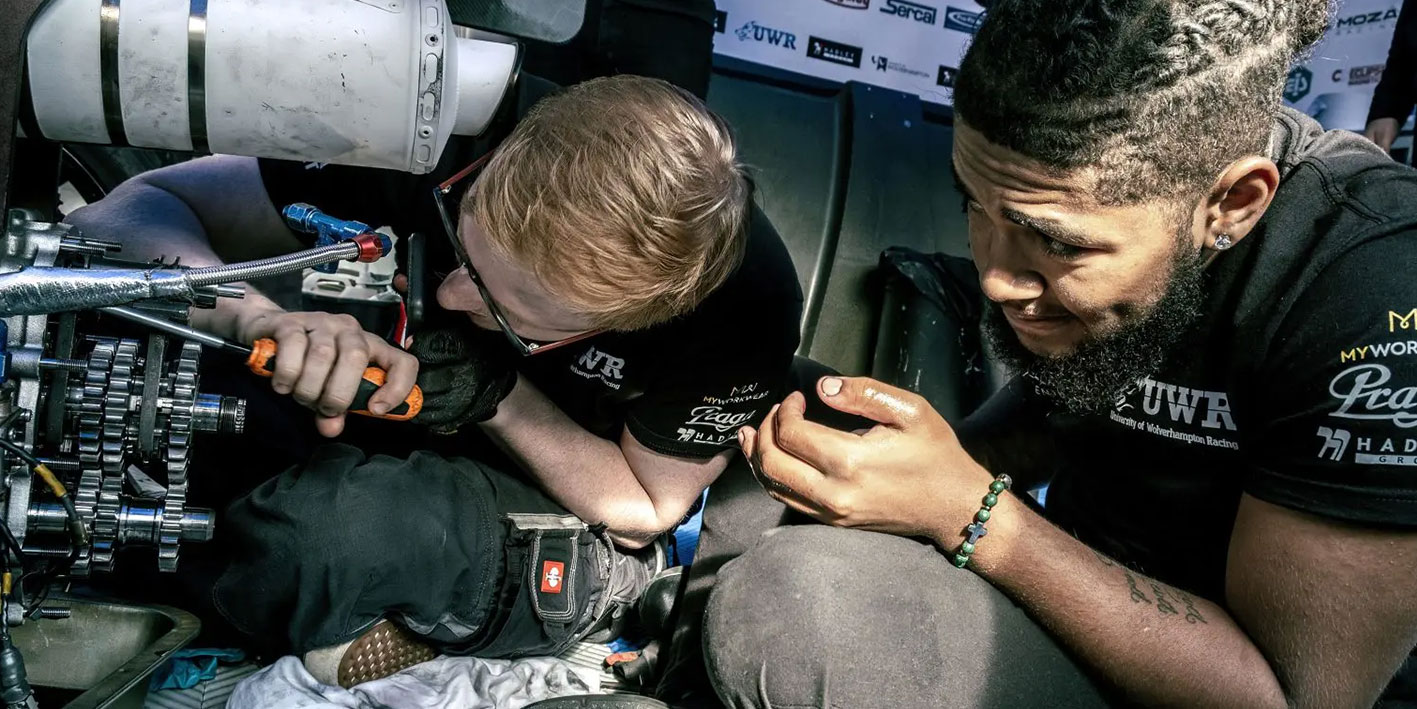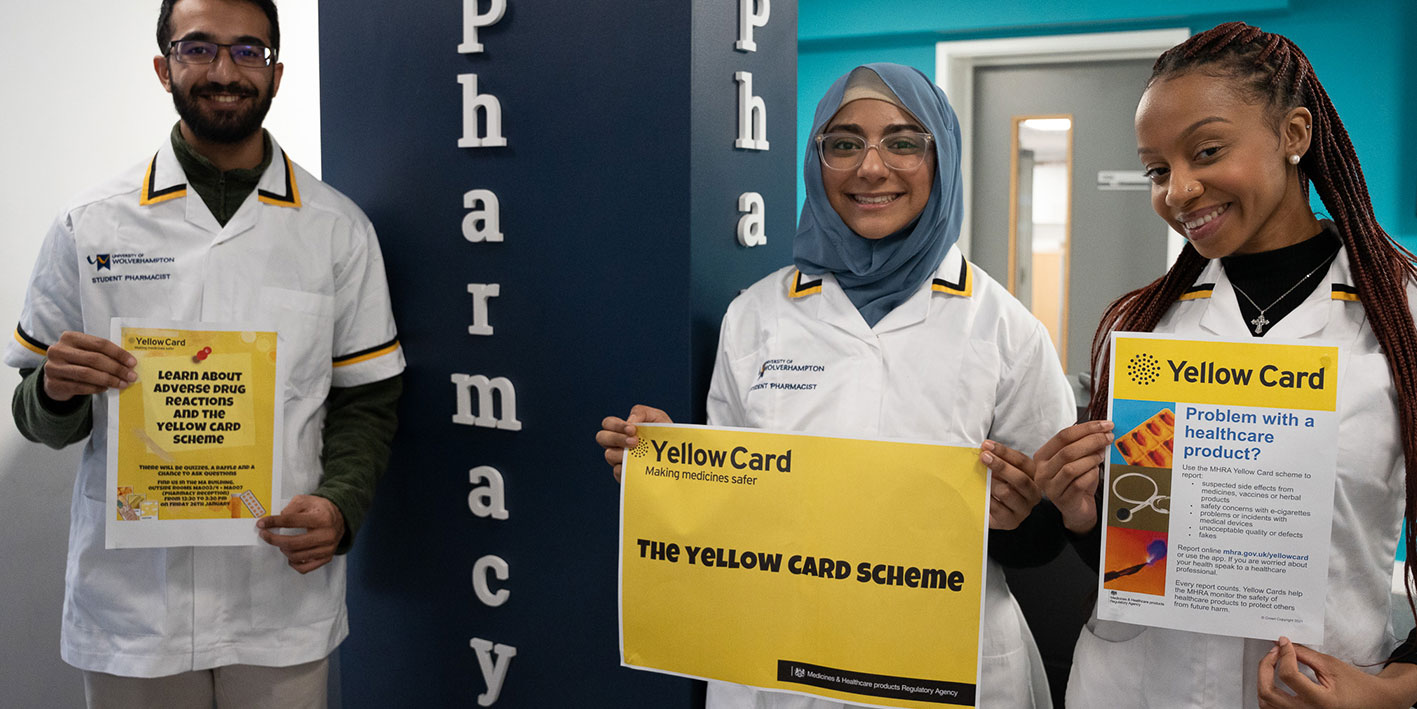
Geotourism Potential & Strategies of Geoconservation in Brazil
This article appeared in Maranduba News in July 2017, pages 4-5, and has been translated into English
Ezequiel dos Santos
Journalist at PROMATA (Organization for the Protection and Recuperation of the Atlantic Forest in Ubatuba Municipality), São Paulo State, Brazil
Caiçara researcher presents her PhD thesis at the Federal University of Rio de Janeiro, on geotourism potential and strategies of geoconservation on the tourist trails in the region

Last April, Dr Maria do Carmo Oliveira Jorge presented her PhD thesis to a famous examination panel, at the Federal University of Rio de Janeiro. Her thesis will be useful for management and conservation in areas with geotourism potential in different parts of Brazil. The thesis investigates environmental and sustainable development issues, mainly affecting local communities. The thesis assesses the geotourist potential of the southern part of Ubatuba Municipality in terms of a geological and landform inventory, and proposes actions to improve the heritage geoconservation. It also aims to help the communities that live near these heritage sites.
Geotourism
Dr Maria Jorge states that geotourism is more than another form of tourism and outlines the physical elements of nature, as a source of information and knowledge. Geotourism is a process of sustainable development, focusing on the geological features using a cultural approach, and searches for benefits for local communities. This type of tourism aims at the interpretation of information and awareness about the importance of natural features and their conservation, outlines Maria do Carmo. To bring more tourists to this area it is fundamental to make the attractions more visible, more accessible, and more understandable, explains Dr Maria Jorge. This activity has scientific, educational, social, historic, touristic, economic and environmental characteristics.
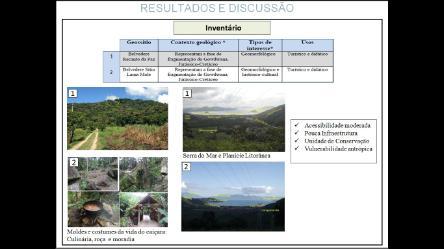
To know
The Geoparks and the geosites are not necessarily transformed into Conservation Units, but they may be inside one of them. In European countries and in China, the creation of Geoparks has boosted economic activities, based on the regional geodiversity and has actively involved local communities. According to Maria do Carmo the participation of communities has been vital, because the combination of local and scientific knowledge has yielded very good results.

Trail
The researcher explains that the trails are more than only enabling someone to access a certain place. They also possess values that need to be conserved and maintained. On these trails there is another important element, that of geodiversity. Maria do Carmo particularly focused on the soil, although soils are not usually considered by tourists. However, it is essential to properly manage soils, because they are a crucial part of the environmental system. The PhD investigation studied several trails: Recanto da Paz Farm, Lama Mole (Soft Mud, in English), Sete Praias (Seven Beaches), Quilombo and Caçandoca (without translation to English) and Água Branca (White Water) waterfall. In her thesis, Maria Jorge outlined the types of soils and rocks. In terms of geology, the charnokites (also called the ‘green granite’ of Ubatuba) are particularly interesting. These formed over 400 million years ago. The thesis integrates multiple issues, including geography, tourism, ecotourism, adventure tourism, rural tourism, bird-watching and commercial tourism and considers their role in developing the region.
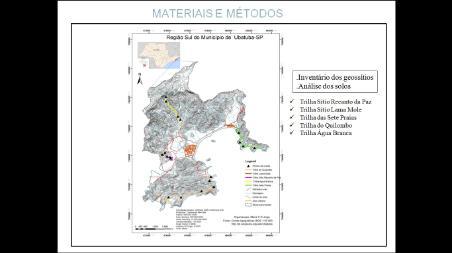
UNESCO
The Geoparks around the world are a mark of the ‘Global Geoparks Network’ (GGN), under the auspices of UNESCO, where geology and landform heritage represent part of a notable concept of environmental protection, which embraces geoconservation, geoeducation and sustainable development. Geoparks are considered to be part of humanity’s heritage. South America has only two Geoparks: one in Brazil and another in Uruguay. Brazil’s Geopark is in Araripe Municipality, Ceará State, Northeastern Region. Água Branca waterfall has the potential to be considered as a national geomorphosite, says Maria do Carmo. However, issues such as infrastructure and accessibility have prevented Água Branca achieving this national status.
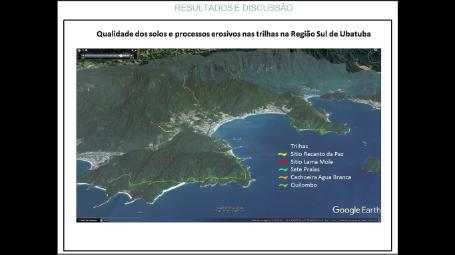
The PhD thesis is very well written, considering the way Maria Jorge addresses this issue and it will be very valuable to schools and universities which investigate this area. The PhD was jointly supervised by Professor Antonio Guerra from the Federal University of Rio de Janeiro and by Professor Michael Fullen from the University of Wolverhampton (UK). Maria do Carmo is another caiçara from Ubatuba, who has completed a very important piece of work about our land and our people.
Note: Caiçara refers to people who were born in some Southern and Southeastern States of Brazil. They are usually a mix of white European, indigenous and African people.
To access the original article (in the Portuguese language), please visit:
https://issuu.com/maranduba/docs/jornalmarandubanews97web
For more information please contact the Corporate Communications Team.


/prod01/wlvacuk/media/departments/digital-content-and-communications/images-2024/240328-Varsity-Line-Up-Resized.jpg)
/prod01/wlvacuk/media/departments/digital-content-and-communications/images-18-19/220325-Engineers_teach_thumbail.jpg)
/prod01/wlvacuk/media/departments/digital-content-and-communications/images-2024/240404-Digital-Humanities-Training-Resized.jpg)
/prod01/wlvacuk/media/departments/digital-content-and-communications/images-2024/240320-Uzbekistan-Resized.jpg)
/prod01/wlvacuk/media/departments/digital-content-and-communications/images-2024/240229-The-Link-Resized.jpg)
/prod01/wlvacuk/media/departments/digital-content-and-communications/images-2024/240404-Pharmacy-Students-Resized.jpg)
